I finally made an improved choke from a MOT. It used 12 gauge insulated wire and measured 3mH on my LCR meter. It has a 1mm air gap made with a sheet of acrylic sandwiched between the E and I and epoxied together.
The noise problem was remedied in this new design, but heat seems to be my next hurdle. The wire became so hot that the insulation melted together between coils allowing the copper to touch. Up to this point the system was running smoothly and allowed me to take the scope waveform below:
As a refresher, I am attempting to convert a kiln to DC power. It is controlled using an SCR and outputs the AC power to a full wave bridge rectifier. The rectified AC was run through the choke and into a set of 200V, 10,000uF capacitors run in series.
I am especially interested to know if this waveform looks like a good endpoint or if my choke is saturated or needs some other tweak. I think I can find a high temperature insulated wire and possiblyuse a heat sink/fan for a new choke coil but I'd really like to know if I'm as close to DC as possible.
Here is a picture of the choke coil after the melted coil wire was removed. The air gap is a piece of 0.04" acrylic https://www.amazon.com/dp/B099DHKJPM?psc=1&ref=ppx_yo2ov_dt_b_product_details
This version was near silent even when ramping up to over 200V.
The resistance of the heater elements is 22.2 ohms based on 240V and 2600W specs by the manufacturer.
